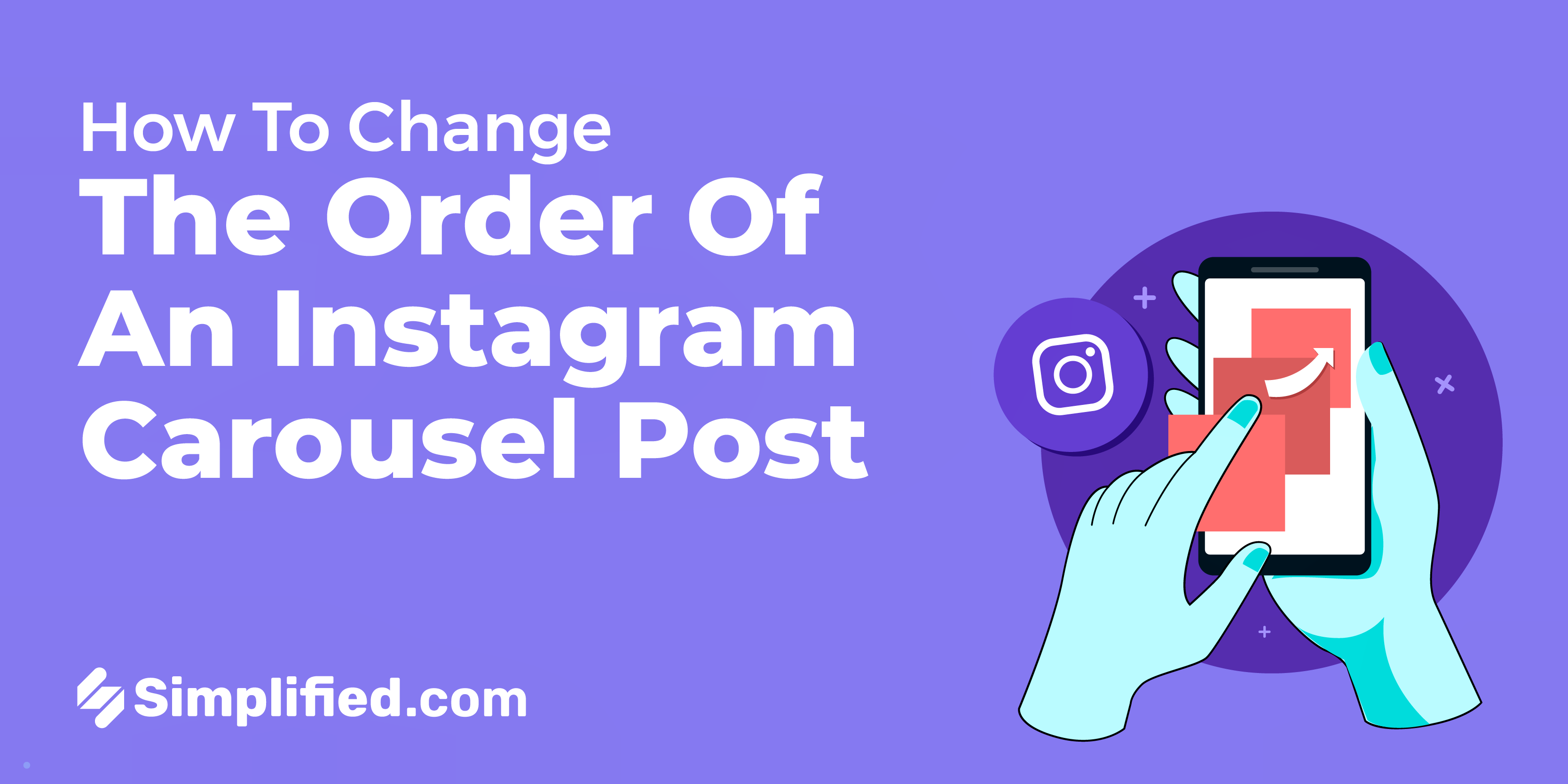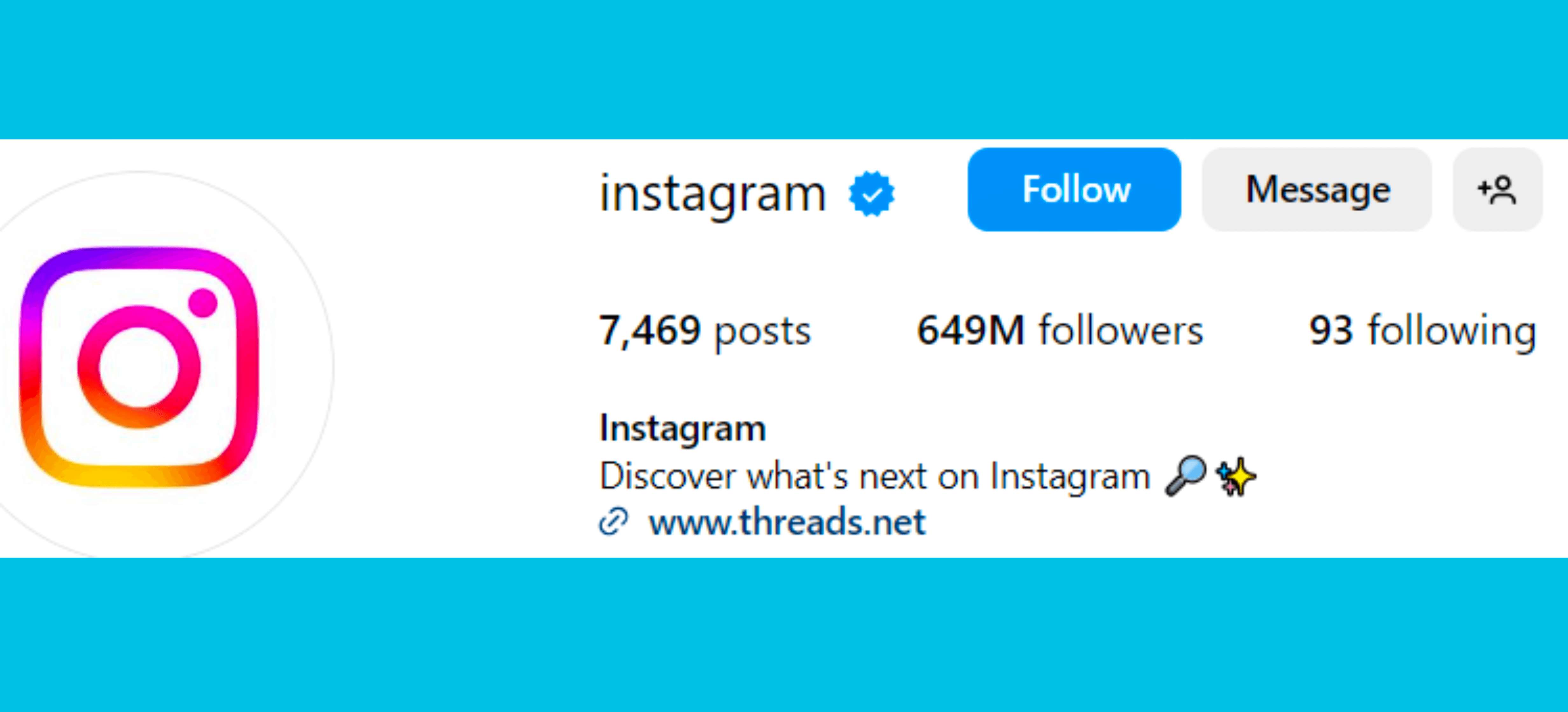What do you mean by Emoji?
An emoji is a small graphical icon that represents an emotion, symbol, or object. Emojis are commonly used in communication applications such as social networking apps and text messaging systems. They have become prevalent on various platforms, ranging from Instagram and Facebook to business communication tools like Slack.
In 2015, professor Vyv Evans from Bangor University dubbed emoji the fastest-growing language in the UK. Since then, their popularity has continued to soar as people seek more ways to express themselves online.
Origins of emoji
Emoji have been a part of the digital landscape since 1999 when a Japanese designer named Shigetaka Kurita created the first emoji for cellphones. Emoji gained global popularity in 2012 when Apple introduced iOS 6, which included the ability to send icons in text messages. Now, accessing a library of emoticons is possible on almost any app by tapping the smiley face icon on your phone's keyboard.
Due to their ability to convey specific feelings or thoughts, emoji are used to add depth and context to messages. Many people use emoji to:
- Infuse humor into a message
- Express themselves online
- Enhance or go beyond textual communication
Benefits of using emojis
Emojis hold power in everyday life and marketing strategies. Brands that incorporate emoji in email subject lines witness an average increase of 45% in open rates. This is mainly because emoji represent a universal language that resonates with nearly every customer. Additional advantages of using emoji include:
- Stronger connection with customers: While emojis are popular in the digital realm, they provide companies with a means to introduce a more "human" experience to online interactions. By mimicking facial expressions and emotions, companies use emoji to convey the subtleties of face-to-face communication.
- Improved communication: Determining the tone or meaning behind a message written on a smartphone or social media post can be challenging. Emojis help provide context and convey the sender's emotions during typing.
- Demonstration of personality: Many brands utilize emoji to showcase the human side of their businesses. In a world where customers find it difficult to trust faceless corporations, emojis add a playful element, making companies more relatable.
- Encouraging responses: The use of emojis to express emotions often prompts others to share their own feelings in response. Many social media platforms now employ emojis as "reactions" to allow users to convey their sentiments about posts without using words.
When to use emojis
Although emojis have benefits in many online interactions, it's crucial to use them appropriately. Emojis are best suited for conversations with younger generations who have grown up using these icons to express themselves. Consider using emojis:
- When your audience is comfortable with them
- When you want to provide context to a post
- When you have carefully selected appropriate images
- When you aim to create an engaging experience for customers
Exercise caution not to overuse emojis in a single post, and remember that certain icons may have hidden meanings. It is advisable to research the social definition of an emoji before using it in your online content.
.webp)













